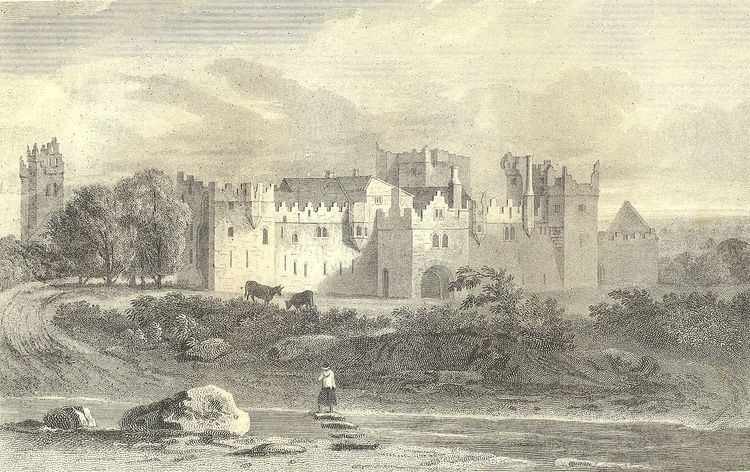 | ||
Tallaght Monastery was founded in the eighth century by Máel Ruain, at a site in Tallaght, a few miles south west of present-day Dublin, Ireland. It operated until the Protestant Reformation.
Contents
History
The site was given in honour of God and St. Michael by Cellach (d. 18 July, 771) of the Ui Donnchada, grandson of a Leinster king, Donogh (d. 726).
One of Máel Ruain's companions was Óengus the Culdee, who with him is believed to have compiled the Martyrology of Tallaght.
Others associated with Tallaght were: Airennan (10 February), second abbot, Eochaid (28 January), second bishop, Joseph (5 January), and Dichull (d. 889).
In 1179 Tallaght, with its subsidiary chapels of Killohan and St. Bride's, was united to the Archdiocese of Dublin by a Bull of Pope Alexander III (20 April 1179), and in 1223 the deanery of Tallaght was annexed to St. Patrick's Cathedral by Archbishop Henry de Loundres.
In 1324 Alexander de Bicker built or restored an archiepiscopal manor at Tallaght, which was fortified later to protect the English in Dublin from the attacks of the O'Byrnes.
Reformation and after
At the Reformation it passed into the hands of the Protestant Archbishops; its ruins and grounds were acquired in 1812 by the Dominican Order, who erected a novitiate and church there.
